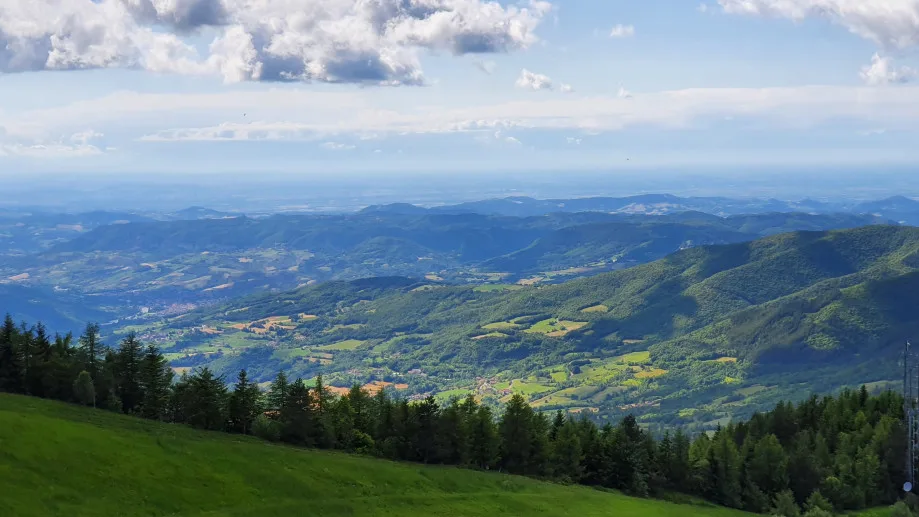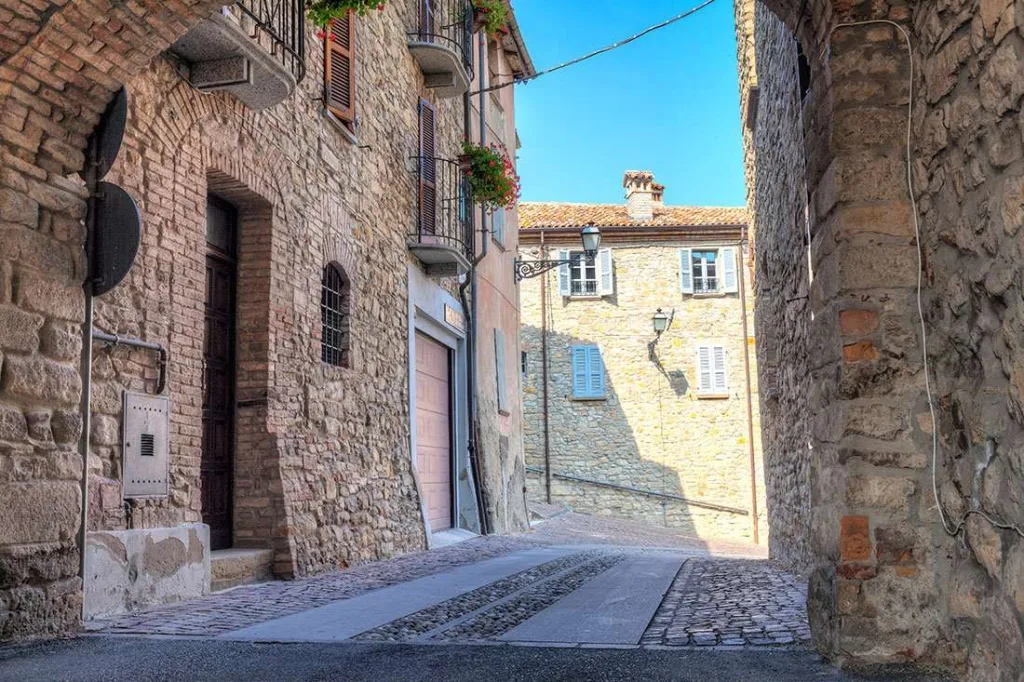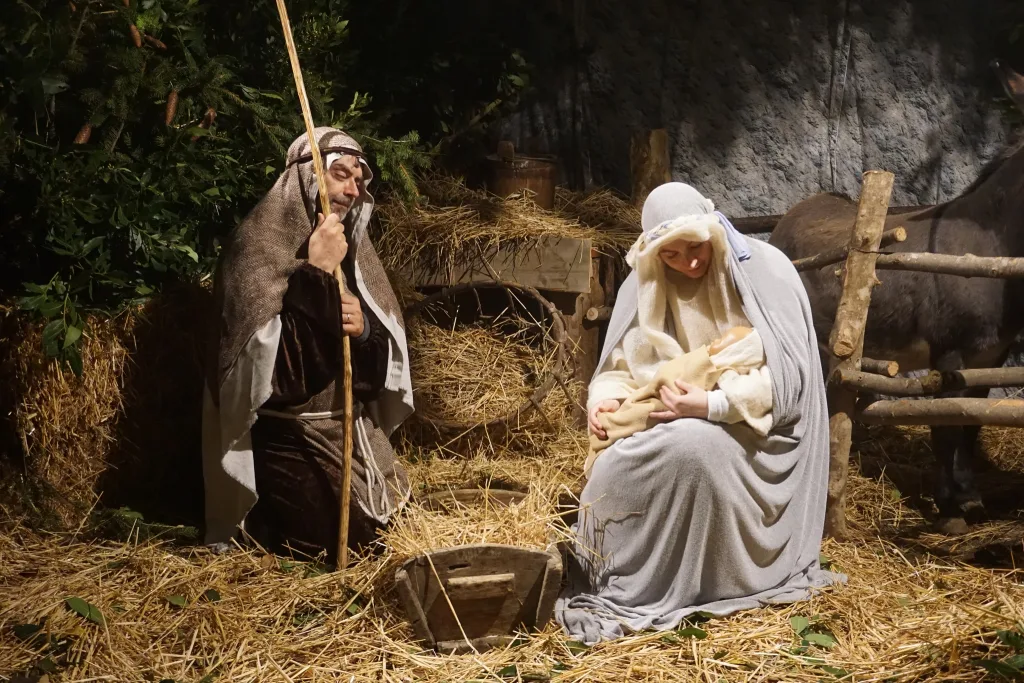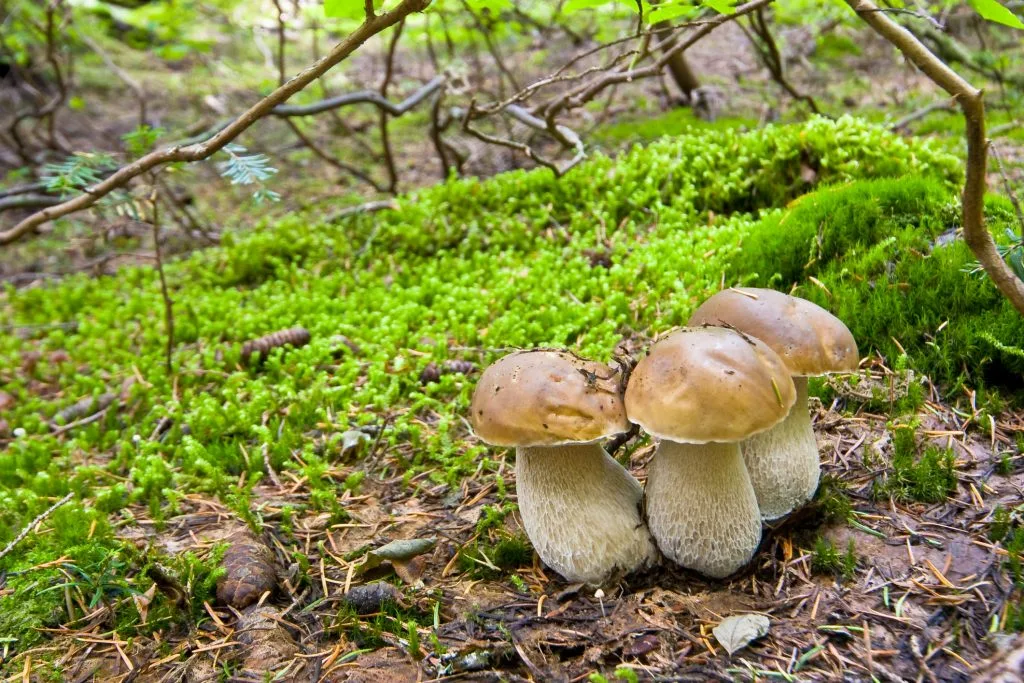At the watershed between the valley of the Rio Morcione, a tributary of the Tidone, and the Tidone Valley, lies Zavattarello, a charming medieval village where you can breathe the air of times gone by thanks to its narrow cobbled streets and stone houses. At 550 metres above sea level, you can also breathe in the healthy air that attracts a particular type of tourist, those who appreciate the simplicity of life in the open air. Zavattarello is also an incomparable starting point for walks, mountain biking and horse riding.

The origins of the name
Zavattarello owes its name to the centuries-old activity of cobblers: the term 'savatarellum', in vulgar Latin, refers to the place where slippers, the ancient 'savatte', were made.
A feudal treasure
In the middle of the 10th century, Zavattarello belonged to the monastery of Saint Columba, an important monastic coenoby that played an important role in the management of land and property in the area. In 1327 it was enfeoffed to Manfredo Landi, who became lord of the village and took over its administration. In 1387 the feudal control of Zavattarello passed into the hands of Jacopo Dal Verme, whose family exercised political control over the village for several centuries, maintaining a stable and lasting position of power. The feudal rule of the Dal Verme family lasted until the end of feudalism (18th century).

The Dal Verme Castle
Dominating the village from the top of a hillock is the castle (10th century). At the beginning of the 14th century it was owned by the Landi family, while at the end of the same century it passed to the Dal Verme family who held it until 1975, when they donated it to the municipality. It is built entirely of stone, with defensive walls, dungeons dug out of the rock and forty rooms in which a mysterious presence hovers: that of the ghost of Pietro Dal Verme who, although he lived in Milan, often came to the castle of Zavattarello, where he was poisoned by his second wife, Chiara Sforza, on commission from Ludovico il Moro. The castle retains a tower from which a breathtaking panorama can be admired.
The area surrounding it was once devoid of vegetation to give those defending it maximum visibility of possible attacks; today, however, the greenery that embraces the castle is a protected park. For a dip into the Middle Ages, the date is in August with a big festival with games, dances, ladies and knights and a medieval market.

Zavattarello, among the most beautiful villages
Listed among the most beautiful villages in Italy, in addition to the Castle that houses the Museum of Contemporary Art, in Zavattarello you can admire the 14th-century oratory of San Rocco, adjacent to the Town Hall, with a 15th-century wooden altar, and the parish church of San Paolo, whose Romanesque origins have unfortunately been masked by the superimposition of a Baroque façade.
Reliving traditions
The Magazzino dei Ricordi (Warehouse of Memories) is also curious and interesting, with thousands of exhibits representing the historical memory of the valley and its crafts. Ancient traditions are revived in the medieval village at Christmas, when the Living Crib is organised, and during the Fair on the last Sunday in July.

The flavours of Zavattarello
The geographical position of Zavattarello influences the cousine which includes traditional dishes from the Oltrepò Pavese and Piacenza areas. Such as ravioli with braised meat, raw salami, coppa and tortelli di magro with butter and sage. The area is rich in prized mushrooms and truffles, which in season make up traditional recipes. The unspoilt nature favours the growth of tree and flower essences, creating the ideal habitat for honey production. Mushrooms, honey and truffles are celebrated every year in October in a festival dedicated to autumn products.









